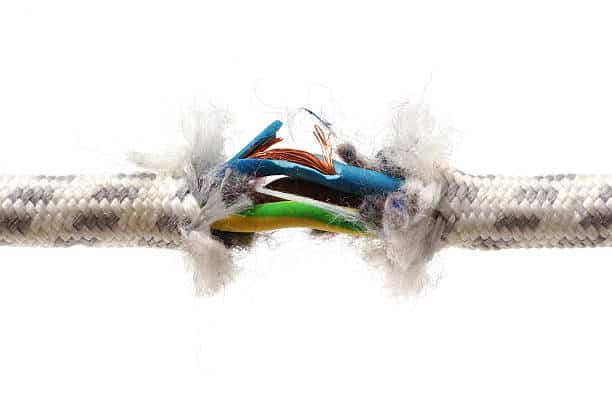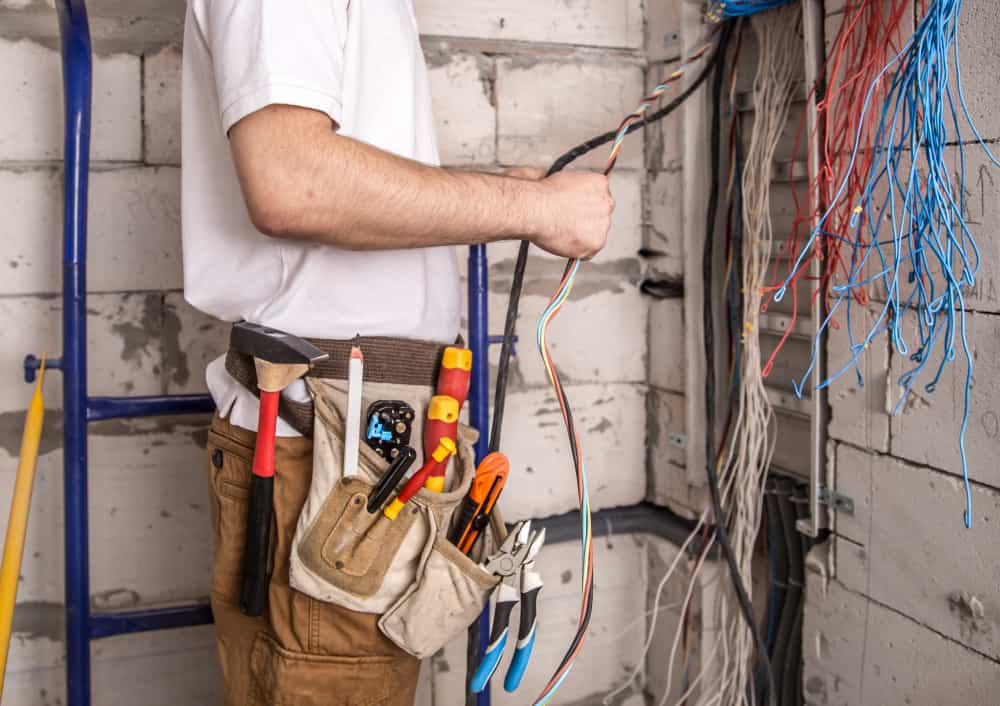5 Signs Electrical Wiring As a homeowner, it’s simple to take the convenience of electricity in your house for granted, but what happens when the electrical wiring goes bad? Remodeling an older home can be a challenge, especially when much of the work is hidden behind walls. According to the National Association of Homebuilders; 52% of American houses were built before 1980. It makes up over half of all houses in America over 40 years old.
With older homes, the chance of incorrect electrical wiring or wiring in need of an update significantly increases.

5 Signs of Bad Wiring in a House
Considering more than half of American homes are at least 40 years old, residential electrical wiring issues are extremely common. Concerned your house might be at risk? Here are five tell-tale signs you may have bad wiring: 5 Signs of Electrical Wiring.
- Frequently tripping circuit breakers. It’s not uncommon for breakers to trip. That is exactly why we have them—to stop the flow of electricity when the circuit is overloaded. However, if breakers are frequently tripping, the first step is to reduce the number of devices plugged into the circuit. The next step is to replace the circuit breaker. If neither of those measures resolves the issue, the wiring should be inspected to avoid a fire hazard. It is also possible the circuit is simply overwhelm by too many high-energy devices.
- Flickering lights. Keep an eye out for lights that flicker, buzz, or dim. When you plug in an appliance and the lights dim, this is a sign the electrical current is not flowing properly. Also, listen for any light switches that buzz when you turn them on—this is another big red flag.
- Hot electrical outlets. Because faulty wiring sends too much electricity to outlets, keep an eye out for hot, darkened, or scorched electrical outlets. This could be an indication that there is an energy leak heating up the wires and the outlet. This surge of electricity could fry appliances, or—if severe—could cause a fire.
- Frayed or chewed wiring. If you notice frayed or chewed wiring, the concern goes beyond rodents in the house. When the protective plastic covering is broke, exposing the wires inside then the electrical circuit is open. This allows electricity to arc, which can cause dangerous electrical shocks and fire.
- Burning or smoky smell. If you smell burning or melting plastic near an outlet, the wiring has already caused fire damage. Unplug everything from the outlet and contact a licensed electrician to inspect the wiring immediately.
Get Expert Help with Incorrect Electrical Wiring
Maintaining an aging home requires attention to the things you can, and can’t see, like the wiring in your home.
We can inspect your current wiring, identify any problems, and assist you in repairing it so that you and your family remain secure. Call (082) 287-8205 or go online to make an appointment with us now.
Contact us today to learn.
Read more blogs





